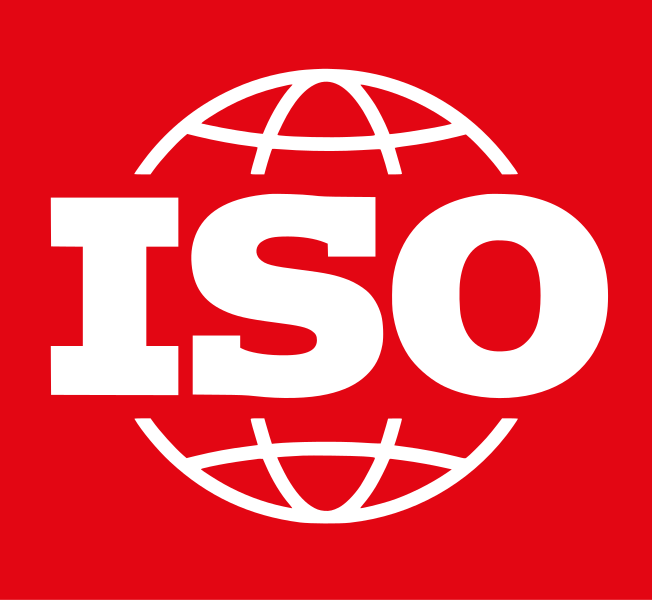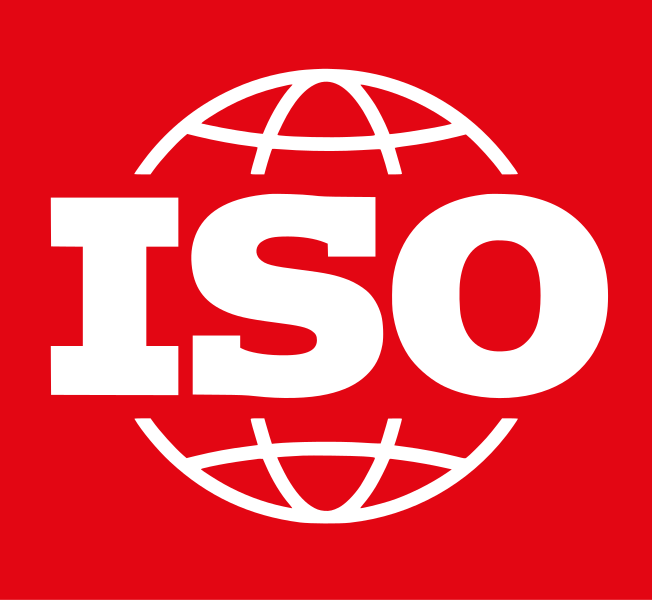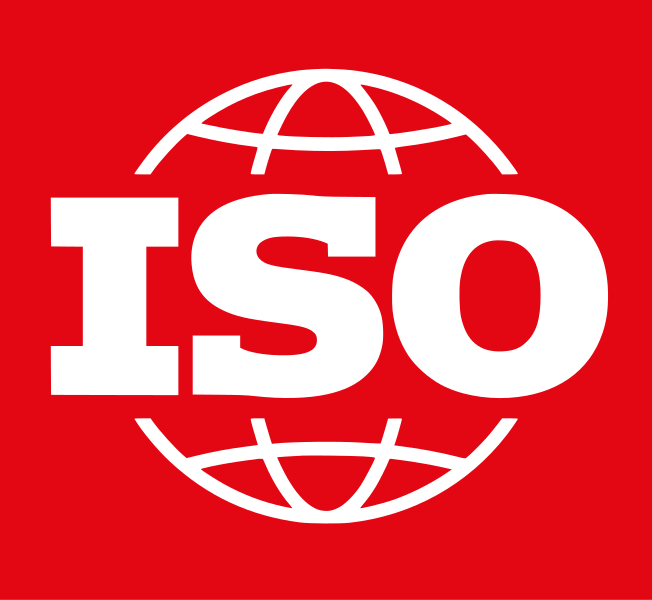Available (778)
Showing 745 - 756 per page
Sustainable cities and communities — Transforming our cities — Guidance for practical local implementation of ISO 37101
This document provides guidance on how to implement and maintain a management system for sustainable development based on ISO 37101 principles, specifically in the context of cities, but applicable to other forms of settlement. This document:
— provides guidance for practical implementation of a management system for sustainable development in cities and other settlements, based on ISO 37101;
— establishes a methodological framework for the systematic evaluation of the sustainable development schemes and achievements in the city or other settlements, based on the cross-analysis of the six purposes of sustainability and the 12 areas of action of ISO 37101;
— illustrates how other International Standards can be used to support successful implementation of ISO 37101, including, in particular, ISO 37120 (which recommends a suite of city indicators mapped against the six purposes of ISO 37101) and ISO 37106 (which provides practical guidance on how to implement joined-up delivery and innovation across organizational boundaries within the city or settlement).

Sustainable cities and communities — Descriptive framework for cities and communities
This document specifies a descriptive framework for a city including an associated foundational ontology of the anatomical structure of a city or community. The descriptive framework is intended to have the following qualities:
— timeless, i.e. compatible with any human settlement at any time in history;
— acultural, i.e. valid for any culture and any type of city;
— scalable, i.e. valid for a metropolis, a city, a small town or a village;
— generic, so that everything we could define as a "human settlement", such as a "smart city", has a place in this structure.

Electronic fee collection — Evaluation of on-board and roadside equipment for conformity to ISO 13141
ISO 13140-1:2016 specifies the test suite structure (TSS) and test purposes (TP) to evaluate the conformity of on-board units (OBU) and roadside equipment (RSE) to ISO 13141.
It provides a basis for conformance tests for dedicated short-range communication (DSRC) equipment (on-board units and roadside units) to enable interoperability between different equipment supplied by different manufacturers.

Electronic fee collection — Evaluation of on-board and roadside equipment for conformity to ISO 13141
ISO 13140-2:2016 specifies the abstract test suite (ATS) to evaluate the conformity of on-board equipment (OBE) and roadside equipment (RSE) to ISO 13141:2015 in accordance with the test suite structure and test purposes defined in ISO 13140‑1:2016.
It provides a basis for conformance tests for dedicated short-range communication (DSRC) equipment (OBE and RSE) to support interoperability between different equipment supplied by different manufacturers.

Electronic fee collection — Localisation augmentation communication for autonomous systems
ISO 13141:2015 establishes requirements for short-range communication for the purposes of augmenting the localization in autonomous electronic fee collection (EFC) systems. Localization augmentation serves to inform on-board equipment (OBE) about geographical location and the identification of a charge object. This International Standard specifies the provision of location and heading information and security means to protect from the manipulation of the OBE with false roadside equipment (RSE).
The localization augmentation communication takes place between an OBE in a vehicle and fixed roadside equipment. This International Standard is applicable to OBE in an autonomous mode of operation.
ISO 13141:2015 defines attributes and functions for the purpose of localization augmentation, by making use of the dedicated short-range communications (DSRC) communication services provided by DSRC Layer 7, and makes these LAC attributes and functions available to the LAC applications at the RSE and the OBE. Attributes and functions are defined on the level of Application Data Units.

Electronic fee collection — Evaluation of on-board and roadside equipment for conformity to ISO 12813
ISO 18143-1:2016 specifies the test suite structure (TSS) and test purposes (TP) to evaluate the conformity of on-board units (OBU) and roadside equipment (RSE) to ISO 12813:2015.
It provides a basis for conformance tests for dedicated short-range communication (DSRC) equipment (on-board units and roadside units) to enable interoperability between different equipment supplied by different manufacturers.

Electronic fee collection — Evaluation of on-board and roadside equipment for conformity to ISO 12813
ISO 13143-2:2016 specifies the abstract test suite (ATS) to evaluate the conformity of on-board equipment (OBE) and roadside equipment (RSE) to ISO 12813 in accordance with the test suite structure and test purposes defined in ISO 13143‑1:2016.
It provides a basis for conformance tests for dedicated short-range communication (DSRC) equipment (OBE and RSE) to enable interoperability between equipment supplied by different manufacturers.
In order to ascertain that OBE and RSE fulfil essential radio requirements, they are also likely to be subject to additional factory, site and system acceptance testing (e.g. of physical and environmental endurance, quality assurance and control at manufacturing, and charge point integration), which is outside the scope of this document.

Intelligent transport systems — Communications access for land mobiles (CALM) — Using broadcast communications
ISO 13183:2012 specifies the architectural communications framework of intelligent transport systems (ITS) for the family of communications access for land mobiles (CALM) related International Standards. The architecture is described in an abstract way with several graphical views and examples. The graphical representations partly follow the ISO open systems interconnection (OSI) principles.
In addition to the requirements specified within ISO 13183:2012, a number of notes and examples are provided to illustrate the CALM concept.

Intelligent transport systems (ITS) — Guidance protocol via personal ITS station for advisory safety systems — Part 2: Road guidance protocol (RGP) requirements and specification
ISO 13184-2:2016 specifies the road guidance use cases on the DXM to provide the real-time decision support system to drivers or pedestrians using P-ITS-S. The road guidance protocol (RGP) is an instantiation of the data exchange message (DXM), which represents a generic message to exchange data between ITS stations.
The RGP defines an interoperable service protocol between P-ITS-S and R-ITS-S for exchanging data elements.

Intelligent transport systems (ITS) — Guidance protocol via personal ITS station for advisory safety systems — Part 3: Road guidance protocol (RGP) conformance test specification
ISO 13184-3:2017 specifies conformance tests for a self-conformance assessment of the supplier's P-ITS-S system. The conformance test cases follow the use case definition of ISO/TR 13184‑1 and the requirements stated in ISO 13184‑2 based on the Data eXchange Message (DXM) at the application level regarding the safety warning and parking guide services between
- the Vehicle ITS Station (V-ITS-S) installed in the vehicle, or
- a Personal ITS Station (P-ITS-S), e.g. Nomadic Device, in a vehicle or used by a pedestrian, and
- a Roadside ITS Station (R-ITS-S) installed at the roadside.
The primary but not exclusive purpose of this document is to provide information to the P-ITS-S system provider to build and test the P-ITS-S system against the conformance test cases. This final step in the development process of the P-ITS-S system ensures providers that their P-ITS-S system meets a high degree of functional requirements expected by the end user.


